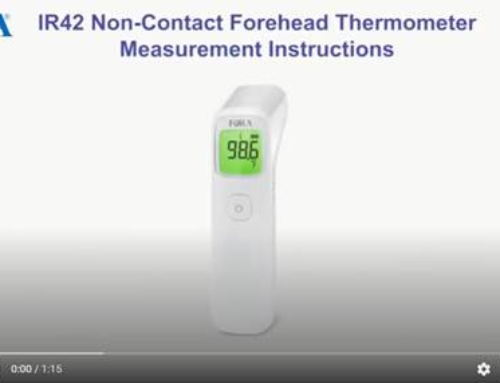ForaCare Inc., along with Health Monitoring Optimum Services (HMOS LLC), Cano Health and MD Flow Systems, collaborated to evaluate the impact of telehealth and home visits on readmission rates for COPD patients.
The results of the TEACH (Telehealth After COPD Hospitalization) study showed just one patient of 20 was readmitted within 30 days of hospital discharge after taking advantage of telehealth and home visits. The national average readmission rate for Medicare Advantage patients is 13–20%, without this kind of intervention.
“You can see the excellent results of the TEACH study,” said Dr. Carlos Pacanins, who was a fundamental part of the leadership team at HMOS LLC, overseeing and managing each step as well as monitoring the results. “With a 5% readmission rate, I’m very confident about the results and also very confident about the future of telehealth because the devices are easy to use, the telehealth platform is excellent and overall it was a very good experience.”
ForaCare provided telehealth devices—including blood pressure, blood glucometers, pulse oximeters and weight scales—to Cano Health patients and study coordinators, HMOS LLC.
They also received ForaCare’s Bluetooth Gateway devices, which automatically uploaded data to the FORA® 24/7 HealthView telehealth system and transmitted that information to MD Flow, a healthcare information technology company.
MD Flow then sent all patient data to Cano Health, where doctors and caregivers could access that information and respond in real time to abnormal or dangerous measurements. They were able to intervene as needed to provide better health outcomes.
“The integration of MD Flow and the ForaCare platforms went smoothly; without a hitch. And, adapting the telehealth system into the Cano Health workflow was a breeze,” said Adrian Alexander, senior account manager of ForaCare, Inc. “It was quick and seamless.”
For additional care, Cano Health also established the protocol to dispatch medical assistants every other day during the 30 days to all patients participating in the study.
“Not only do we get all the information from the vitals every day, the patient feels like he’s getting more attention from his health plan because of the face-to-face time with the medical assistants,” said Dr. Pacanins.
Eight of the 20 patients experienced exacerbations within the first week of enrollment, and because they were all treated with varying combinations of antibiotics, β-agonist treatment and/or corticosteroids, none of these patients were readmitted in the 30-day post discharge period.
The one readmitted patient had to return to the hospital for unstable angina on day 13.
Pacanins noted that 80% of readmissions occur within the first two weeks of being released from the hospital, and that is the best time to take advantage of telehealth following hospital discharge.





